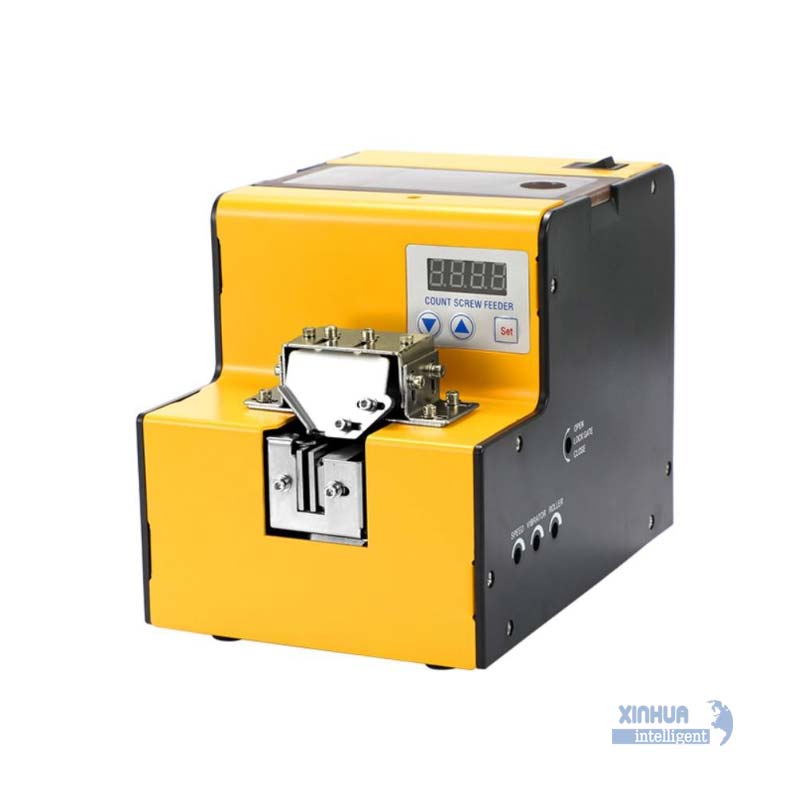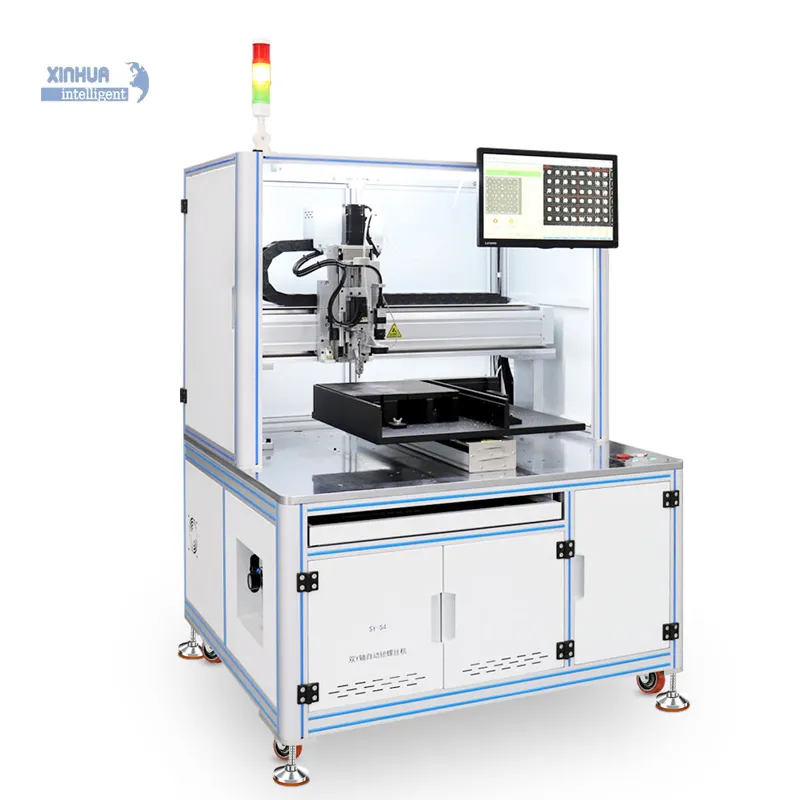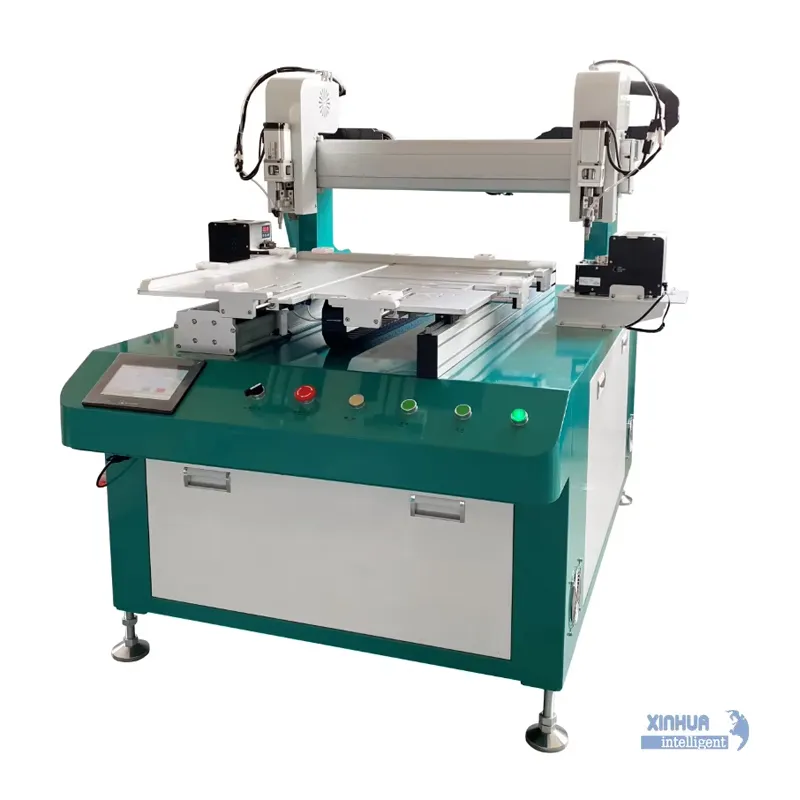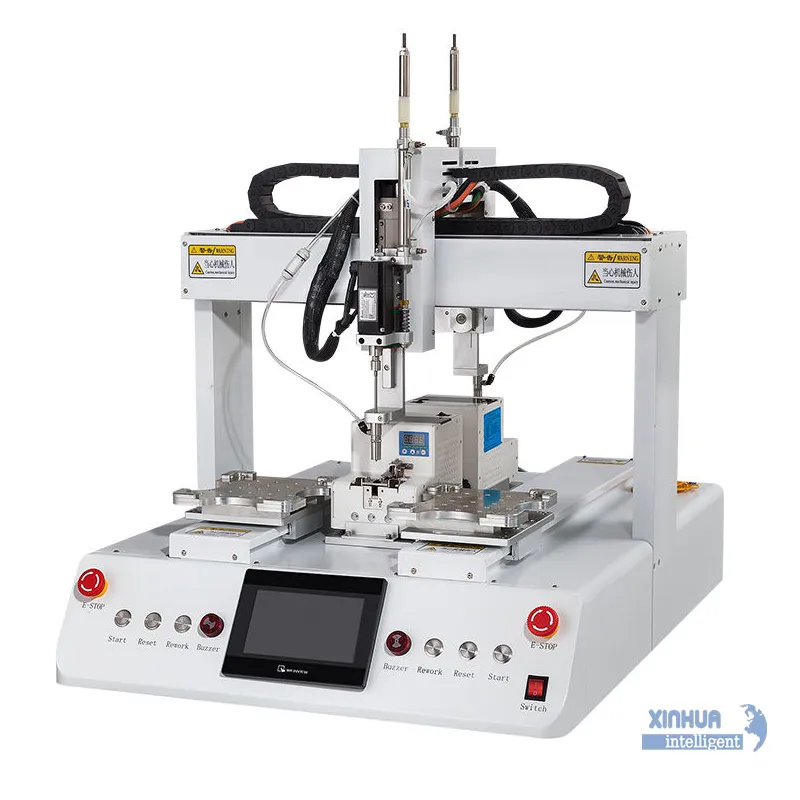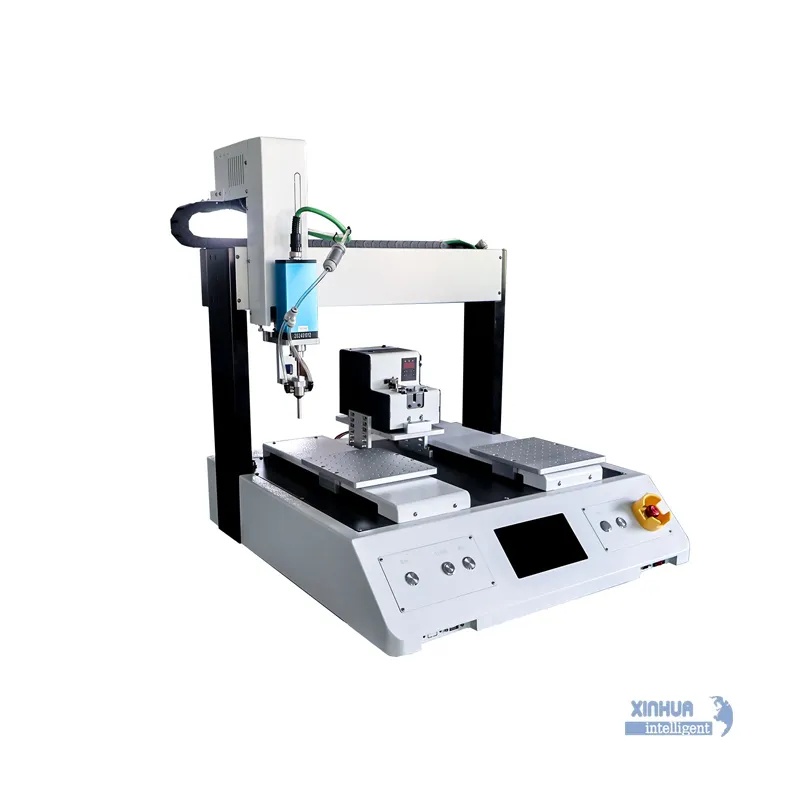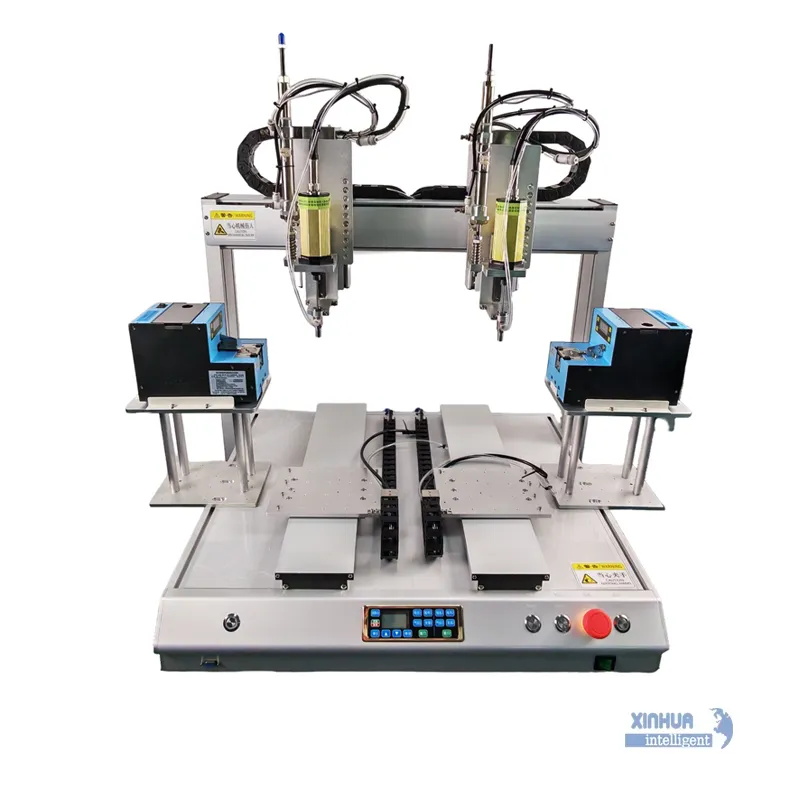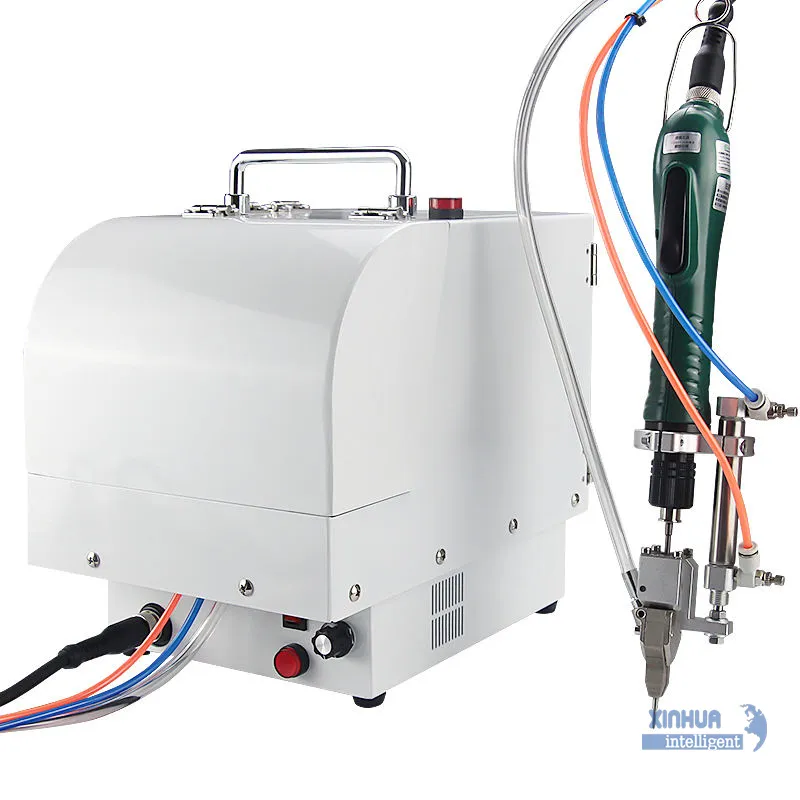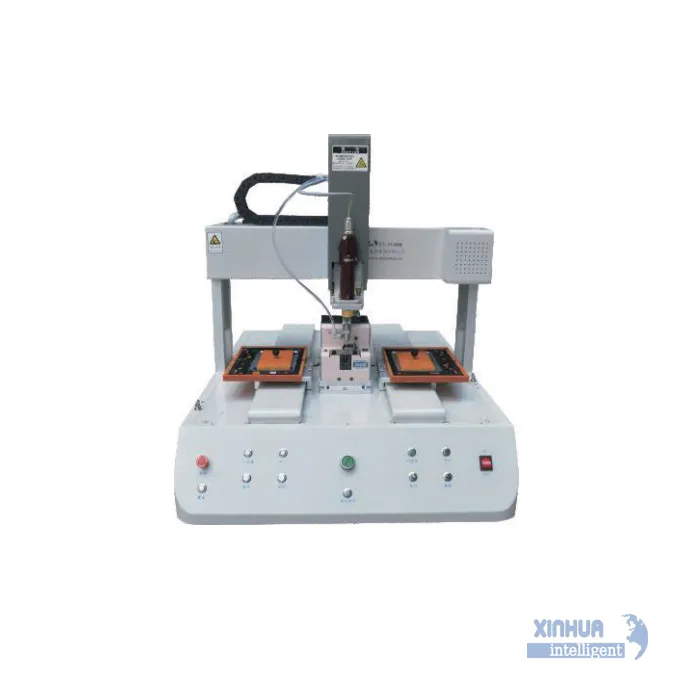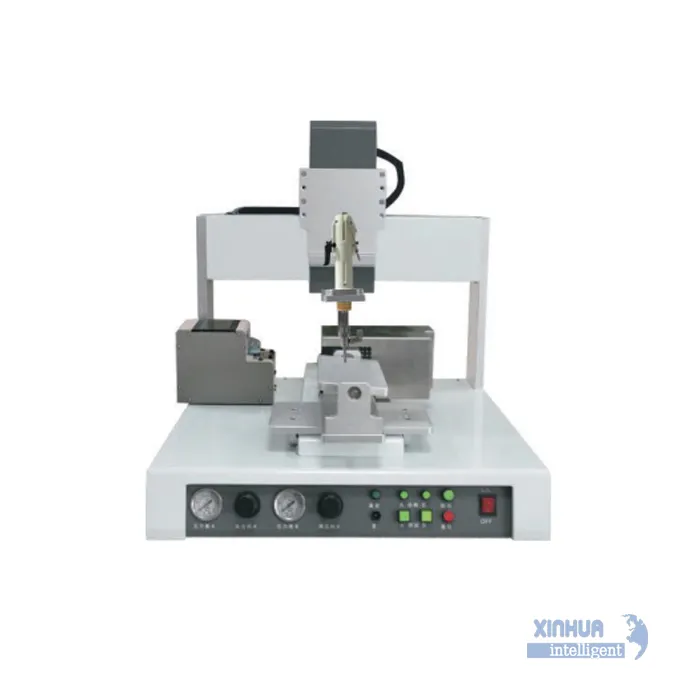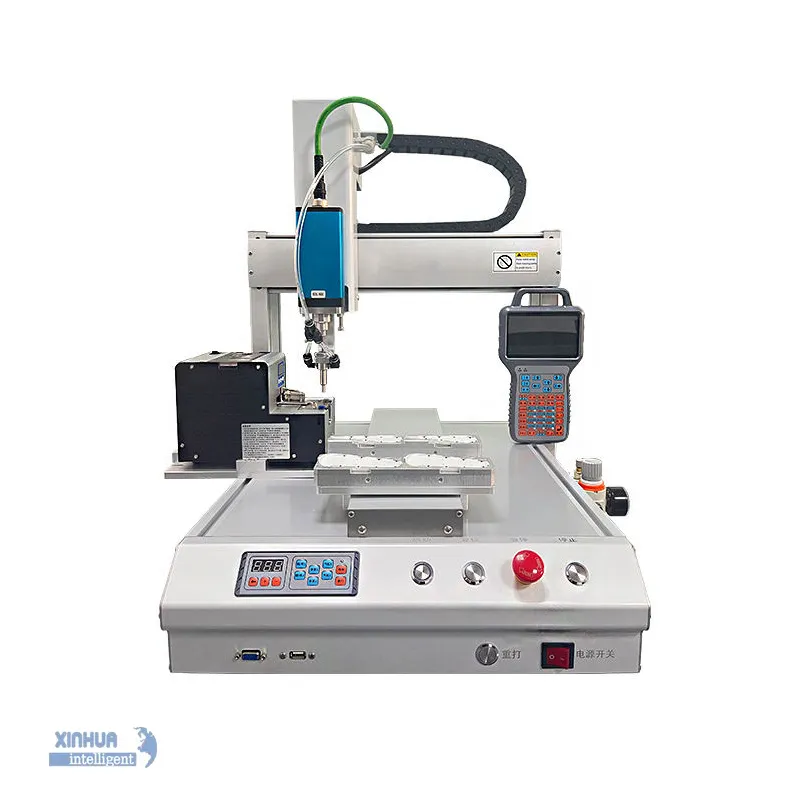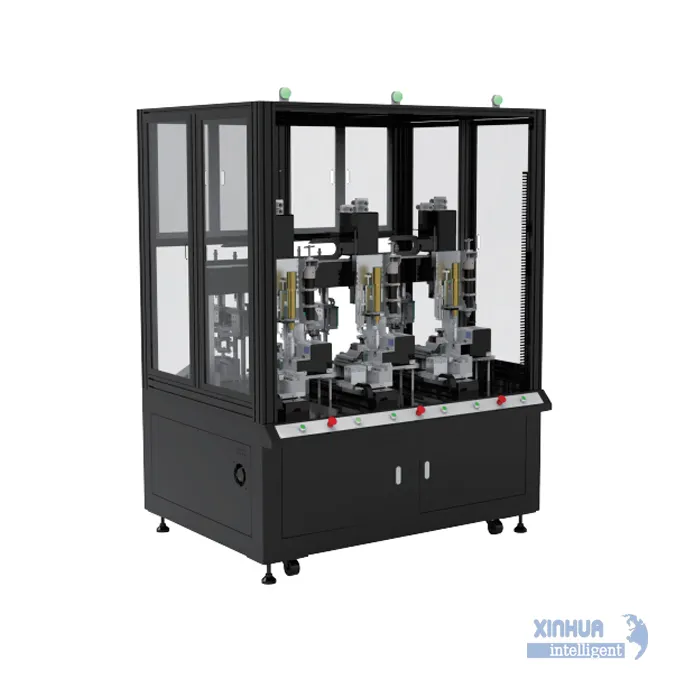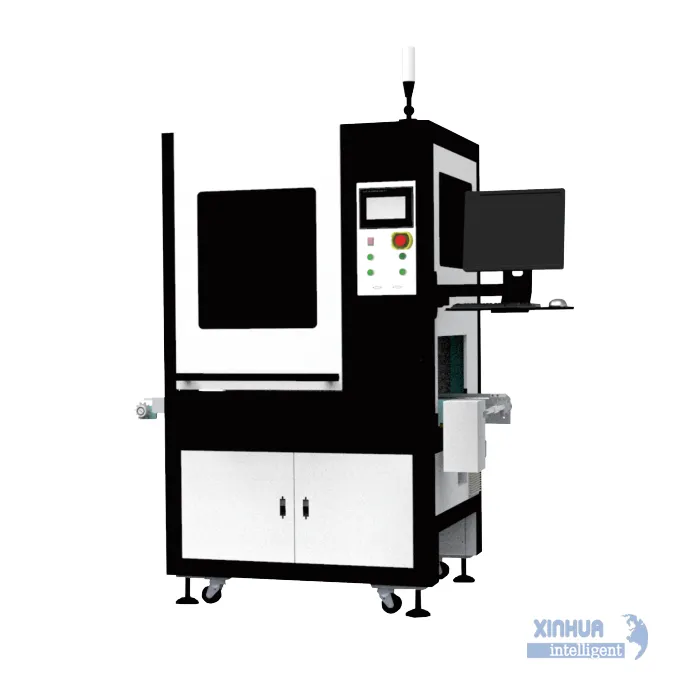Key Use Points of Automatic Screw Feeders
- Increased Speed and Productivity: By automating screw dispensing, these machines significantly increase the speed of the assembly process, boosting overall efficiency.
- Improved Quality and Consistency: Automatic feeding ensures screws are presented at a consistent angle and depth, leading to uniform tightening and improved product quality.
- Reduced Labor Costs: Automation reduces the need for manual labor in repetitive screw fastening tasks, thereby lowering production costs.
- Enhanced Efficiency: The system simplifies the operator's role, allowing them to focus on other tasks like product loading or inspection, leading to a more efficient workflow.
- Automation in Manufacturing: They automate the process of selecting, feeding, and tightening screws, enabling full automation from product loading to screw fastening.
- Error Reduction: By verifying screw presence with sensors, these machines prevent incorrect or missed fastenings, reducing the need for rework.
- Integration with Robotics: Automatic screw feeders are crucial components of robotic assembly lines, feeding screws to robotic arms for high-precision assembly tasks.
-
Wide Industry Application: Found in:
- Electronics: Assembly of smartphones, computers, keyboards, and other devices.
- Automotive: Used in engine and interior component assembly.
- Home Appliances: For fastening components in fans, appliances, and other consumer products.
- Precision Engineering: For complex mechanical systems requiring high precision.
- Ergonomic Benefits: Positioning these machines correctly can minimize strain on workers' joints and backs during repetitive tasks, reducing the risk of injury.
- Cost-Effectiveness: Compared to custom automation, screw feeders are a simple and cost-effective way to begin automating assembly processes.
